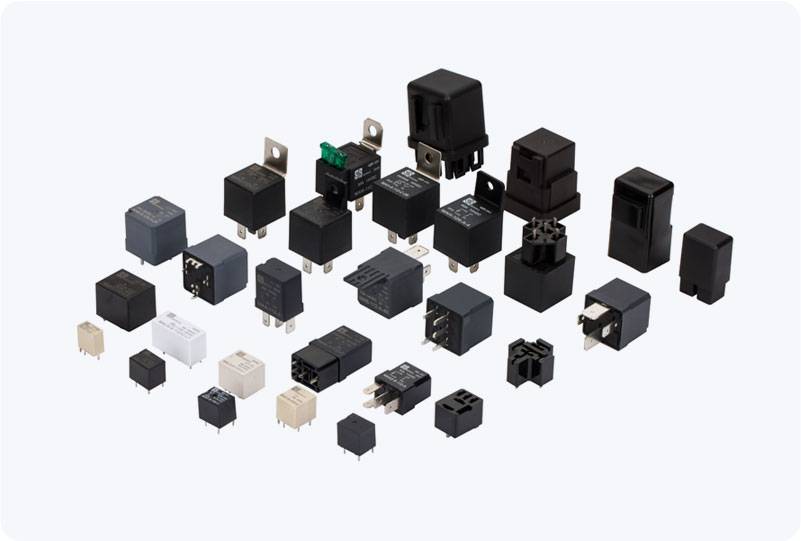high voltage distribution relay: key to protecting electrical systems
Release time:2025-11-20 02:17:43
High Voltage Distribution Relays (HVDR) are critical components in modern electrical power systems, playing a significant role in ensuring the protection, control, and stability of high-voltage distribution networks. These relays are designed to monitor, detect, and isolate electrical faults, safeguarding both the equipment and the overall power grid from damage caused by electrical anomalies such as overloads, short circuits, and voltage imbalances. This article explores the key functions, applications, and working principles of High Voltage Distribution Relays and highlights their importance in the modern energy landscape.

What is a High Voltage Distribution Relay?
A High Voltage Distribution Relay is a protection device used in high-voltage electrical systems. These relays are installed in substations, transformers, and circuit breakers to monitor the flow of electrical power and respond to any deviations from normal operating conditions. When a fault, such as a short circuit or overload, is detected, the relay quickly isolates the affected section of the system by triggering the associated circuit breaker to disconnect the faulty equipment from the power grid. This rapid response helps prevent further damage and minimizes the risk of system-wide outages.

